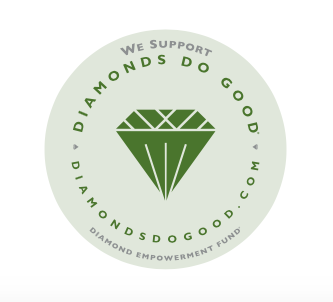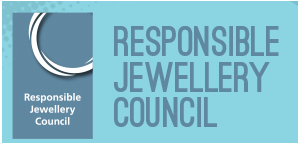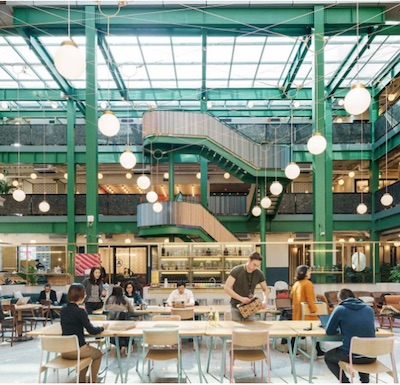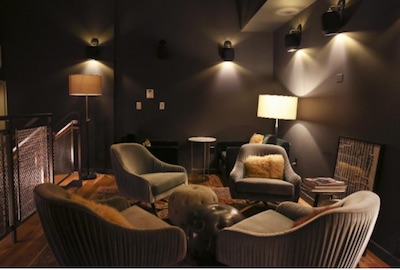Articles and News
The Top Consumer Trends Happening Worldwide, And How They Impact You, Part II | March 14, 2018 (0 comments)

Merrick, NY—In last week’s edition of The Centurion Newsletter, we presented the first five of London-based Euromonitor’s Top 10 Global Consumer Trends For 2018. While you might think these ivory-tower trends don’t impact independent retailers, the fact is they do, often quite tangibly. Euromonitor’s complete report is available from the company’s website, but we’ve distilled the trends into a quick summary with explanations of how they will affect luxury fine jewelers. For the first five, see the March 7 story; numbers six through 10 are below.
6. Augmented Reality. Augmented reality (AR) is quickly going mainstream with the introduction of apps from both Android (2017) and Apple (2018), and it will become a force in retailing. Already consumers are using AR to “try on” beauty products or access tutorials at retailers like Sephora, while an AR app called IKEA Place allows consumers to see true-to-scale 3D models of IKEA furniture in their own homes, and Dulux Visualizer allows consumers to see the brand’s paint colors on their own walls.
How it will impact jewelers: Being able to virtually try on an engagement ring or any piece of jewelry is already a great sales tool, but more importantly as AR becomes the norm, consumers will expect it from all retailers, even small independent stores. Find more information about all aspects of digital selling on Jewelryecomm.com.
7. Sleuthy Shoppers. Consumers’ lack trust is deepening amid ongoing political upheaval, leading to greater emotional involvement and action, including in retail. “Sleuthy Shoppers” are skeptical of mass-produced products and the motivations of the companies that create them, tired of empty rhetoric or soothing words of assurance. These consumers are serious and intense about their pet causes, and if companies do not provide tangible proof of responsible practices, these shoppers will turn to independent online sources for information about every step of a product’s journey through the supply chain, including fair trade and labor practices. To build trust, Euromonitor says companies must offer detailed evidence, preferably with pictorial or video support, on their supply chain and labor practices—and having third-party certification is even better.
How it impacts jewelers: Conflict diamonds were a crash course in responsible sourcing before it became trendy, but now synthetic diamond producers have grabbed the narrative and cast more doubt on gem mining. Jewelers who demonstrate the positive economic impact coming from diamonds (or other gems) can win over consumers who want their purchases to do good. (Click here for a special DDG retailer toolkit to help tell the stories of the good that diamonds have done). Obtaining visible certifications from watchdog organizations such as the Responsible Jewellery Council, Jewelers Vigilance Committee, and DiamondsDoGood provide the necessary objective reassurance to consumers.



Visibly highlighting your membership in organizations that promote social responsibility offer tangible proof to customers that you take their concerns seriously and act responsibly.
8. I-Designers. Lingering impacts of the global financial crisis include such trends as the shift to spending for experiences over tangible goods, and the rise of the sharing economy. For many consumers, especially Millennials and Gen-Xers, merely buying to own is passé—but being part of the design or creation process is an appealing, sophisticated alternative that changes the narrative.
How it impacts jewelers: The trend toward personalization has been happening for a long time, especially for Millennials in the bridal market. Expect the trend to become even more amplified, and expect consumers to look for increasingly personalized and/or custom options for any jewelry purchases. All consumers want to be perceived by their peers as doing well (i.e. successful) but the trend for individuality is stronger among younger consumers.
9. Co-living. Much like shared office hubs, a trend toward co-living—private bedrooms with shared common areas—is blossoming among both Millennials and seniors, though at present it’s mainly in high-cost Asian cities like Hong Kong and Singapore. But high-cost U.S. cities also are ripe for the trend. Whether residents share both interests and values in addition to living space, or they simply want to save money without sacrificing comfortable living conditions, this trend is an outgrowth of Millennials’ lower attachment to possessions.
How it impacts jewelers: Only indirectly. Since these kinds of living facilities are likely to be in areas where residents don’t need a car to get around, jewelers looking to add or move a location might want to factor public transit accessibility into the location selection. Also, consumers that have less need for costly home furnishings may have more disposable income for fine jewelry as a relevant, meaningful—and portable—purchase.


Left: WeWork is a nationwide developer of shared office space facilities; right, the company experimented with a "WeLive" concept of co-living space, where residents' private studio apartments are small spaces with bedroom, kitchenette and bath, but living room areas are common. Image: Forbes.
10. The Survivors. A decade after the global financial crisis, frugality remains an entrenched mindset among consumers. Despite improving economies, rising incomes and falling unemployment, gaps between rich and poor are highly visible, and those caught on the low end remain mired in poverty, while many others who technically are not poor still struggle. Food banks, second-hand stores, and other value-based retail formats are a way of life for these consumers, and it’s the one segment of retail that is relatively immune to online competition.
How it impacts jewelers: Growing disparity between have and have-not can spark societal pressures that would impact luxury retail. For instance, at the height of the recession, well-off consumers were reluctant to flaunt their wealth, one driver of the shift toward experiences instead of goods. More dire consequences could include greater fear for one’s personal security, increasing the need for both gated communities and gated retail, and further decreasing consumers’ willingness to display expensive jewelry.







